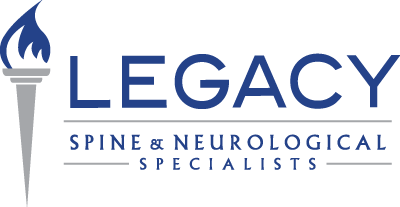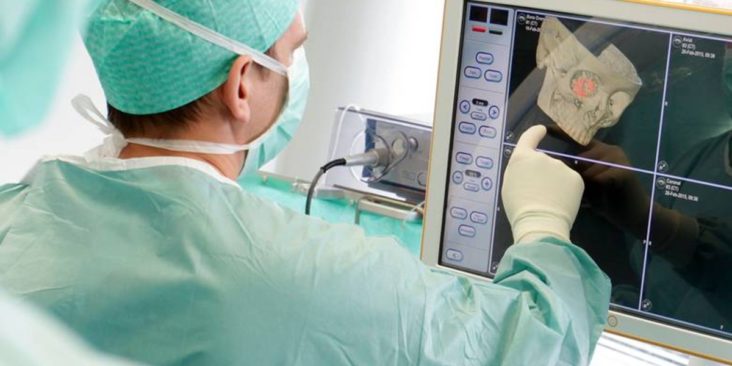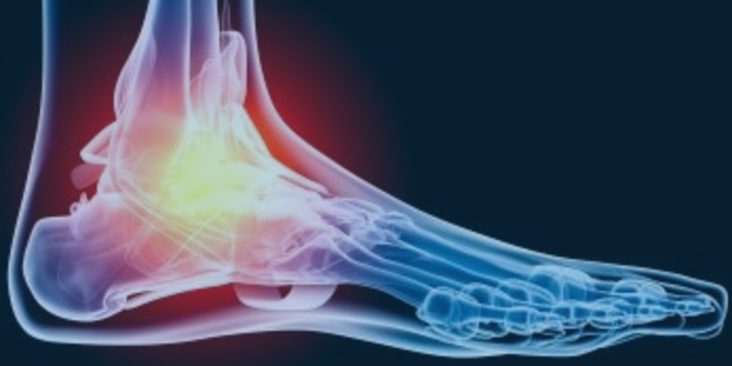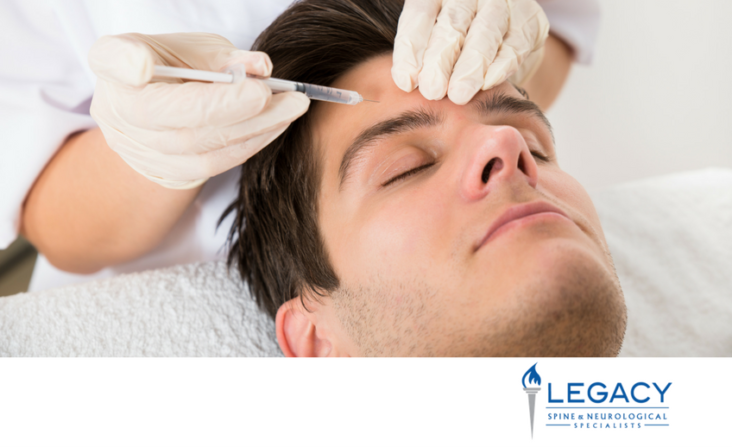What is an EMG/NCS
Electromyography (EMG) measures the muscle response or electrical activity in response to nerve’s stimulation of the muscle, while the Nerve Conduction Study (NCV) measures how fast and how strong the electrical activity is in a nerve. These test are often performed together. An EMG and NCV is used to help detect neuromuscular abnormalities and is often ordered by your medical professional when one has unexplained pain, tingling or muscle weakness. EMGs can be used to diagnosis several medical conditions including, but not limited to—Peripheral nerve damage, radiculopathy, pinched nerves, ALS, , neuropathy, muscular dystrophy, and inflammation of muscles.








